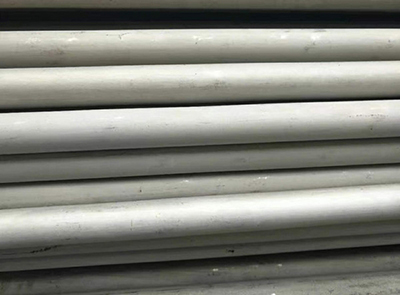What is the difference between Schedule 10 and Schedule 40 stainless steel pipe?
The terms "Schedule 10" and "Schedule 40" refer to two different standards for specifying the wall thickness of pipes, including stainless steel pipes. These schedules are part of the American National Standards Institute (ANSI) pipe schedule system.
Schedule 10:
* Schedule 10 pipes have a relatively thinner wall compared to Schedule 40 pipes.
* The term "Schedule 10" does not specifically refer to stainless steel; it can be applied to pipes made of various materials.
* Schedule 10 stainless steel pipes are often used in applications where the pressure requirements are not as high, and a lighter, more economical pipe is sufficient.
* Common applications for Schedule 10 stainless steel pipes include low-pressure residential and commercial plumbing systems.
Schedule 40:
* Schedule 40 pipes have a thicker wall compared to Schedule 10 pipes.
* Schedule 40 stainless steel pipes are typically used in applications where higher pressure resistance is required, such as industrial processes, chemical plants, and high-pressure plumbing systems.
* The thicker wall of Schedule 40 pipes provides increased strength and durability, making them suitable for handling higher pressures and stress.
In summary, the main difference between Schedule 10 and Schedule 40 stainless steel pipes is the thickness of the pipe wall. The choice between the two schedules depends on the specific requirements of the application, including the pressure, temperature, and mechanical stresses the pipe will be subjected to. If higher strength and pressure resistance are needed, Schedule 40 may be more appropriate, while Schedule 10 may be suitable for less demanding applications where cost and weight are significant considerations.
Previous: >> What is the pressure rating for Schedule 40 stainless steel pipe? Next: >> What is coil tubing made out of?







